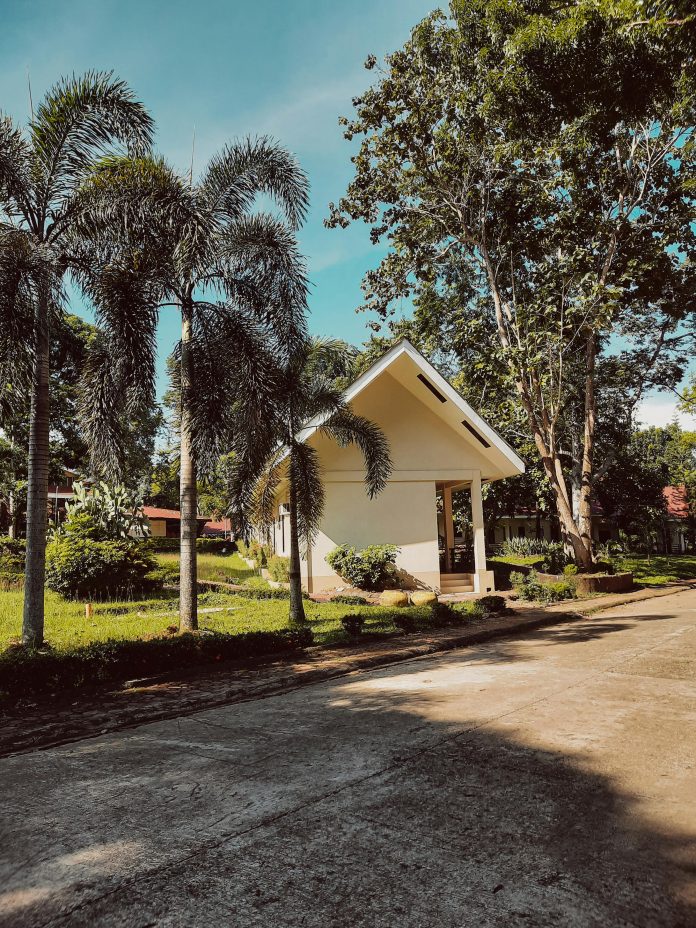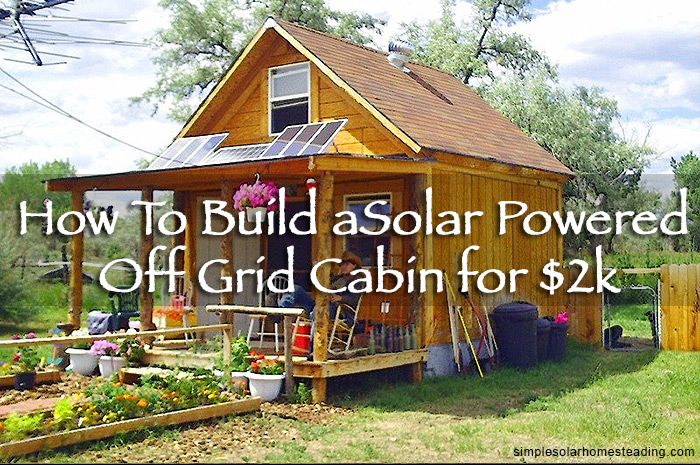Finding efficient ways to cool your home becomes a crucial aspect of daily life when off-grid living. One sustainable and cost-effective solution gaining traction is harnessing solar energy for cooling purposes. In this comprehensive guide, we will explore practical strategies to keep your off-grid home cool using the power of the sun.
Go for Strategic Solar Panel Placement
According to companies like Future Smart, one of the foundational principles in harnessing solar energy for cooling your off-grid home lies in the strategic placement of solar panels. The effectiveness of your solar power system depends on how well your panels capture sunlight and convert it into electricity for your cooling solutions.
Start by assessing the topography and surroundings of your off-grid location. Identify potential obstacles like trees, buildings, or other structures that may cast shadows on your solar panels during peak sunlight hours. You should also trim or remove any obstructions that could hinder the panels’ exposure to direct sunlight. This goes a long way in ensuring an uninterrupted flow of energy.
It is also prudent to consider the cardinal directions and tilt of your solar panels. South-facing panels tend to receive the most sunlight in the Northern Hemisphere, while north-facing panels are optimal in the Southern Hemisphere. Adjust the tilt angle based on your geographical location to maximize exposure throughout the year. Online tools and calculators can help determine the ideal tilt for your solar panels, factoring in seasonal variations.
Furthermore, keep in mind that the sun’s position changes throughout the day. Position your solar panels at an angle that allows them to capture sunlight during the morning and afternoon. Doing so ensures a consistent energy supply for your cooling systems. This strategic placement enhances the overall efficiency of your solar power setup.
If your off-grid home has limited space, consider utilizing tracking systems that follow the sun’s trajectory. Single-axis or dual-axis trackers adjust the orientation of solar panels throughout the day and help optimize sunlight exposure. While these tracking systems involve additional costs, they can significantly boost energy production.
Solar-Powered Ventilation Helps Keep Your Home Cool
Solar-powered ventilation is a silent yet powerful solution for off-grid homeowners seeking efficient and eco-friendly ways to cool their living spaces. Solar attic fans are specially designed to regulate indoor temperatures by tackling the often-overlooked culprit – the attic. Installed in the upper reaches of a home, solar attic fans harness sunlight to power their motors. As the sun beats down, these fans kick into action and draw warm air out of the attic. This process prevents heat from infiltrating living areas below, creating a cooling effect throughout the home.
Explore the full solar panel installation process, from site assessment to system activation. Understand what to expect and how to streamline the experience for optimal energy results.
What sets solar attic fans apart is their autonomy. Operating solely on solar energy, they require no external power source hence reducing reliance on conventional electricity. This not only aligns with off-grid living principles but also translates into tangible energy savings.
The benefits go beyond mere temperature control. By actively ventilating the attic, these solar-powered systems mitigate moisture buildup that prevents issues like mold and mildew. For mold removal Lynchburg contact First Action Systems. Additionally, they contribute to prolonging the lifespan of roofing materials by reducing heat-induced stress.
Go for Solar Air Conditioning Systems
Solar air conditioning systems represent a pivotal advancement in the pursuit of sustainable off-grid living. As traditional air conditioners guzzle electricity, their solar counterparts harness the abundant power of the sun and provide a cooling solution that aligns seamlessly with the ethos of self-sufficiency.
The core mechanism of these systems involves photovoltaic (PV) panels, converting sunlight into electricity to power the air conditioning unit. This not only reduces dependence on external power sources but also curtails utility bills, making it a financially prudent choice for off-grid homeowners. Unlike conventional air conditioners, solar-powered counterparts operate efficiently during peak sunlight hours, precisely when cooling needs are at their zenith. Excess energy generated can be stored in batteries hence ensuring uninterrupted cooling even during overcast days or at night.
The environmental benefits are substantial. Solar air conditioning systems significantly diminish the carbon footprint associated with traditional cooling methods. By tapping into renewable energy, off-grid dwellers can enjoy the comforts of air conditioning without contributing to the strain on non-renewable resources. Integrating these systems into off-grid homes offers not just a cool respite but also a tangible step toward sustainable, eco-conscious living.
Reflective Roofing Materials
Reflective roofing materials are a simple yet effective way to keep your home cool without compromising on sustainability. These materials, typically light-colored or coated with reflective substances, play a pivotal role in mitigating heat absorption and maintaining a comfortable indoor temperature.
The science behind reflective roofing is straightforward. When the sun beats down, traditional dark-colored roofs absorb a significant amount of heat and turn your home into a proverbial oven. Reflective roofing, on the other hand, bounces back a considerable portion of sunlight, preventing the excessive buildup of heat within your living spaces.
Opting for white or light-colored roofing materials reflects a substantial amount of solar radiation. This helps reduce the need for extensive air conditioning. If you’re looking for new units, check out the air conditioning units Tyne and Wear. For ac repair Lynchburg call Fisher Heating and Air. As a result, there will be lower energy consumption and, subsequently, decreased strain on off-grid power systems. In addition to cooling benefits, reflective roofs contribute to a more energy-efficient home. The installation of reflective roofing materials requires careful consideration of local climate conditions and building design. IRT, a partner of ours, carry out an intensive reroof job in Brisbane that was worth a mention. Professional guidance ensures optimal results that maximize the cooling effect while enhancing the longevity of the roofing structure. However, if you notice an AC blowing out hot air, you may need to contact an expert to check if there’s anything that needs repair. You may consider getting a new RC air conditioning for optimal performance and comfort at home.
Energy-Efficient Windows
Opt for Secondary Glazing for Sash Windows to minimize heat transfer. These windows prevent the infrared heat from penetrating your home while still allowing visible light to enter. Through reducing the need for excessive cooling, energy-efficient windows contribute to a more sustainable and off-grid lifestyle. You can contact Termopane bucuresti to assist you in installing windows to achieve maximum energy efficiency.
Night Cooling Strategies
Lastly, you can leverage the coolness of the night by implementing night cooling strategies. Open windows and use fans to allow natural ventilation, letting the cooler night air replace the warmer indoor air. This passive cooling technique is an excellent complement to your solar-powered systems that helps enhance their effectiveness.
The Bottom Line
Embracing solar energy for cooling purposes in an off-grid home is a pragmatic and sustainable approach. When you adopt these strategies, you not only keep your living spaces comfortable but also contribute to a greener and more self-sufficient lifestyle.














